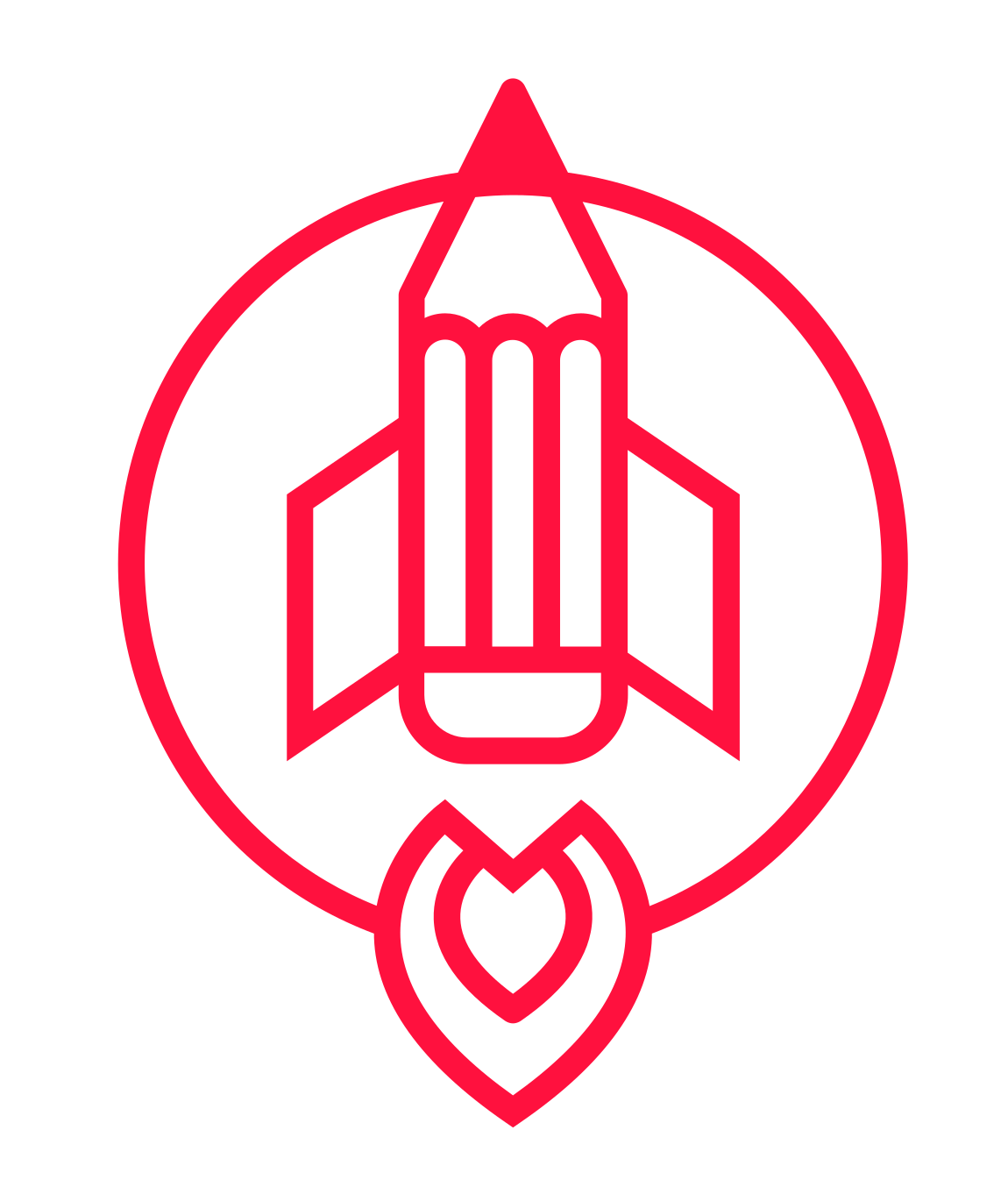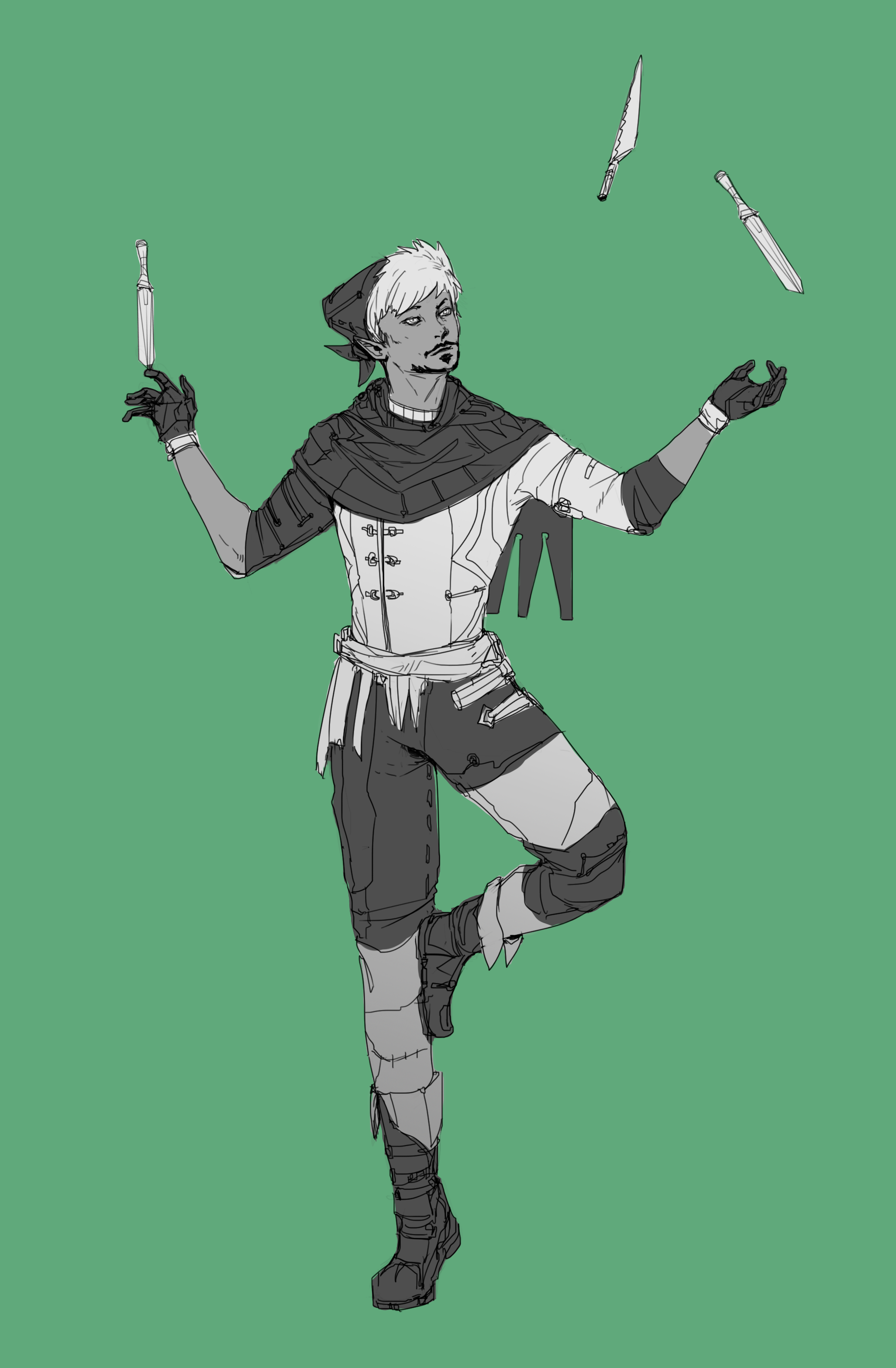5 Tips to Make Learning to Draw More Fun
Fun can seem like a massive factor.
“If it’s not fun, why do it?”
That’s something my acting teacher said in one of our first classes. It was then I realized I didn’t enjoy acting all that much, and dropped out in favor of drawing.
When we’re self-taught, we often build bad habits. Drawing is no different, if we’re forcing ourselves to do it, the friction will hurt the process. Not to mention the results won’t be satisfying either, and so we start putting it off.
Let’s fix that.
In order to enjoy drawing (or anything) one must find meaning and purpose in it.
Of course, as I mentioned above, there are barriers to meaning that you can drop. Let’s look at 5 ways you can do so, and then we’ll help you locate more meaning, thereby opening the windows of your workshop for joy to visit.
You can:
- Lower your expectations
- Allow yourself to find joy in the process, not just the idea.
- Draw things you actually enjoy
- Reverse engineer exercises to improve the results you find appealing.
- Stop putting tons of pressure on yourself.
Okay, let’s dive a bit deeper into each of these ways you can make learning to draw more fun:
- Lower your expectations
Often time’s we’ve got high hopes. Yeah, I’m talking those “high in the sky” hopes. The thing about having your hopes on the mountaintop while you’re actually at the foot of it, is that you’ll rarely feel any sense of gratitude or presence. Getting to draw IS the thing to be grateful for. Having even 20 minutes to do so is a joyous thing. Expecting to whip out a masterpiece when you’re at a beginner’s level is the very definition of setting yourself up for failure. Don’t get caught up wishing you’re somewhere you’re not. It’s find to have those hopes, so long as you’re not strangling them in desperation. even if you are, just relax a bit, and read on for other ways to get yourself back on track.
- Allow yourself to find joy in the process, not just the idea.
Maybe you find you like the idea of learning to draw, or practicing drawing more than the act of it. Again, you’re floating around in mental abstraction. If the idea of practice gives you joy, and the reality of it is sort of mundane and banal, then you’ll have to refocus on where you’re at. Drawing spheres and boxes can seem really dry, but that’s usually only if you haven’t gotten creative with them. the fundamentals are there to help give you a solid basis to build out your expression from, not to bore you to death. Exercises should beget application— they’re like eating your dinner before you suck down dessert. If everything’s dessert, you end up becoming spoiled and unhealthy. It also makes dessert less special. Even 15 minutes of a focused drawing exercise, followed by 15 minutes of playing with what you’re learning will inject pleasure back into the process.
- Draw things you actually enjoy
Maybe you’re trying to be someone you’re not, or draw stuff you’re not really into. Why spend all day drawing and practicing cars if what you want to draw is people? Sure, there’s some overlap of the basics between those things, but if you’re not into it, you’re not going to get max joy, or do your best. There are some artists that draw sexy things all day, or those who prefer to focus on landscapes. Find your thing and focus. Let that thing take you for a ride in terms of your artistic journey. Whether it’s fanart, your original characters, or monsters and creatures…you’ll get a lot farther if you’re picking the right subject matter for you— just like you look your best in clothes that fit.
- Reverse engineer exercises to improve the results you find appealing.
No matter what you’re striving for, you can do a little thinking up front, and find a way to ascertain the result. Every technique is learnable, every master can be studied and learned from. Spend time collecting folders of work from your favorite artists, and then break down what they’re doing. All the better if they share process. Alternatively, you can put together folders of the “feeling” you’re after in your art. Write down what those feelings are, and what invokes them, then spend time transposing those things into your work and see if you can get the same feeling. Being an artist means being able to be in tune with out logic and emotions, and then synergizing them to create the results we’re after.
- Stop putting tons of pressure on yourself.
It’s not that serious. You may have built up many stakes in your mind, but it’s the feelings you’re cultivating that gives them truth in your bones. The feelings of fear, desperation, anxiousness, self-doubt, ennui, disappointment, and everything in between. Negative emotions are a part of life, but letting them soak into your work and process won’t do you any favors in the long run. Take the pressure off, look at things from a more free and open perspective. Again, you can cultivate gratitude in numerous instances, and that will allow you to ascend a lot faster than putting your mental and emotional gauges into the red in order to perform.
Finding purpose and meaning in art
Meaning is what you assign to your current situation. Perhaps it’s reliving your favorite video game moments, getting lost in the world you’re weaving, or getting to be the consciousness that watches your skills grow with zen-like discipline.
At any rate, the meaning has to be there. It’s your foothold into joy and purpose, and it will carry you through when things are less than ideal. using the methods I outlined above will allow you to lower the barriers that may be keeping meaning from ringing your doorbell, but once you open that door, you’re going to decide how to parse what’s next.
I’ll give you examples regarding how I find meaning:
creating and developing original characters with rich backstories
tempering my skills and playing with the information to express my inspiration
getting to sit down and take myself through a well-worn process, looking for ways to improve it
fixing mistakes without having any emotional attachment to them
paying homage to the things that inspired me as a kid, and continue to inspire me today
Notice how none of those things are dependent on other people or their reactions to my work. Sure, it’s nice when I receive kind words, likes, favs, sales, whatever— but the reason I make things always has been, and always will be for me. If I don’t like it, it’s not worth doing. Or, more accurately, if I don’t find meaning in it, then it isn’t worth doing. Of course, there are things like dishes and chores that must be done in order to facilitate well-being in life, but when it comes to our art, we’re making the choice to pursue it. Don’t let explicate events, accolades, insults, indifference, or anything come between you and your meaning.
If you can practice even a few of these things, your chances of succeeding go through the roof. You’ll be able to work longer and lose track of time, to ascend and not even realize you’re nearing the summit.
Take time to simple be grateful for the fact that you’ve discovered art, and the process of making it. Throw open your doors and windows so that the muses of joy and meaning can waltz into your abode and enrich your work and existence.
Life isn’t about art, but art certainly helps to add a great deal of meaning.
Whenever you're ready, there are 2 ways I can help you:
1. Grow & Sharpen Your Drawing Skills here. (1,800+ students)
2. Build better Paintings and get Commissions here. (500+ students)




